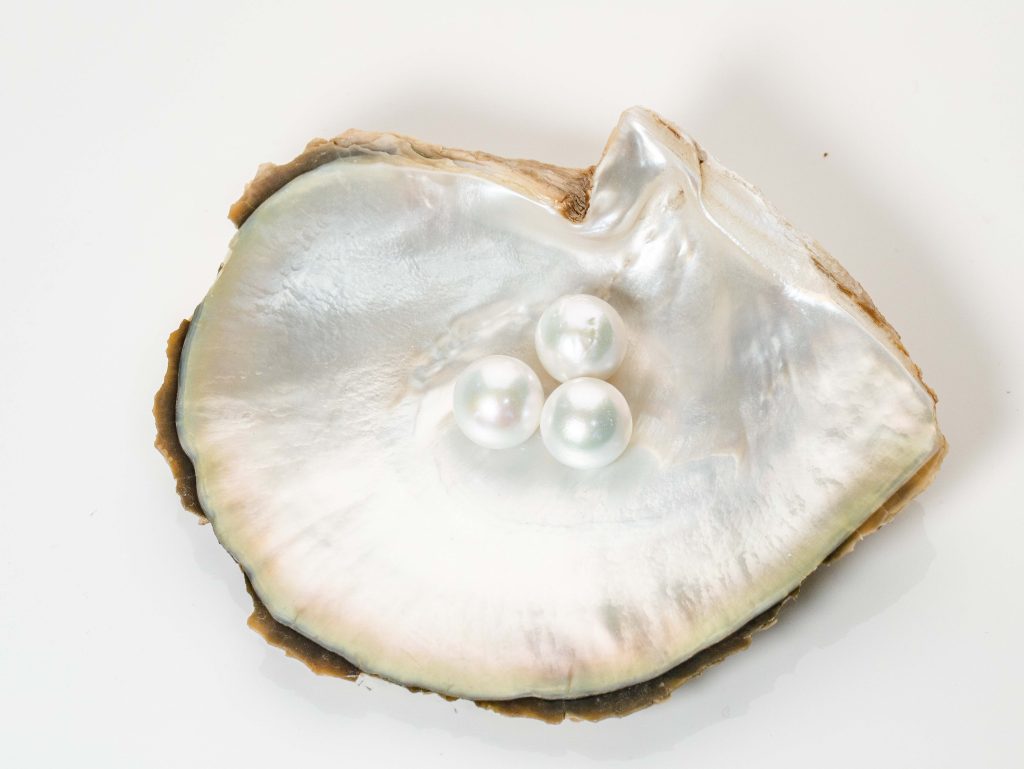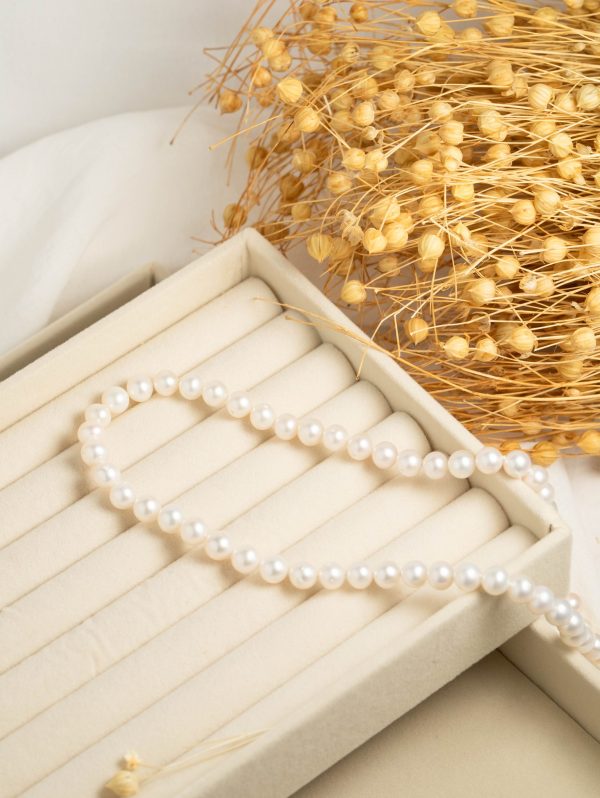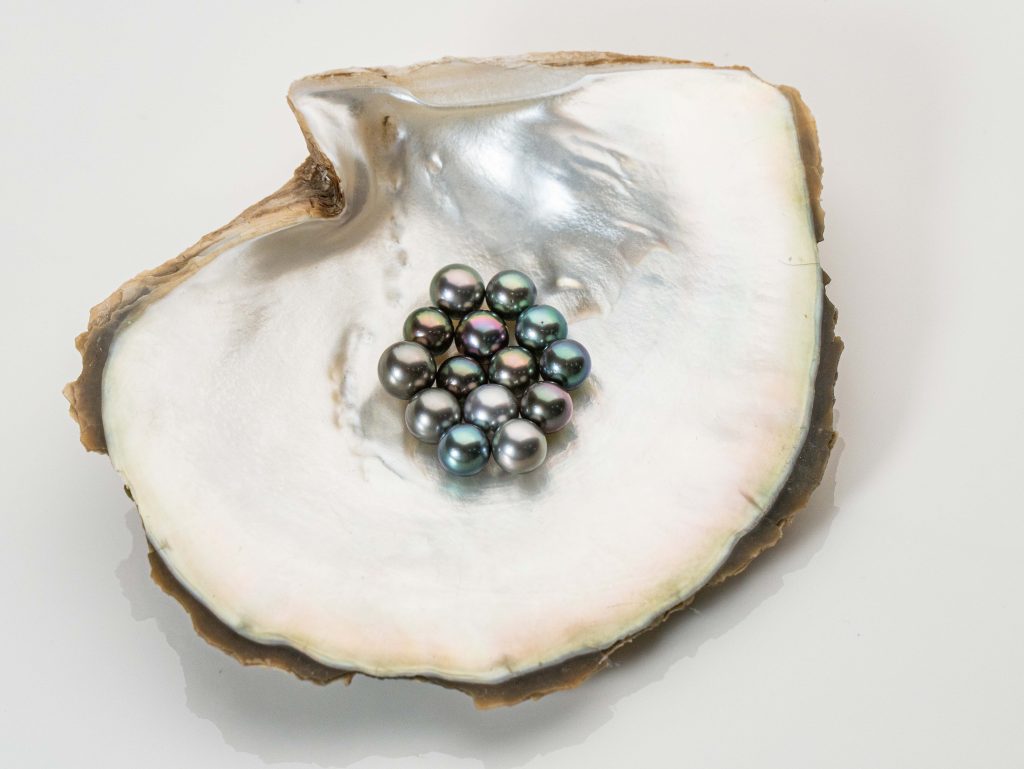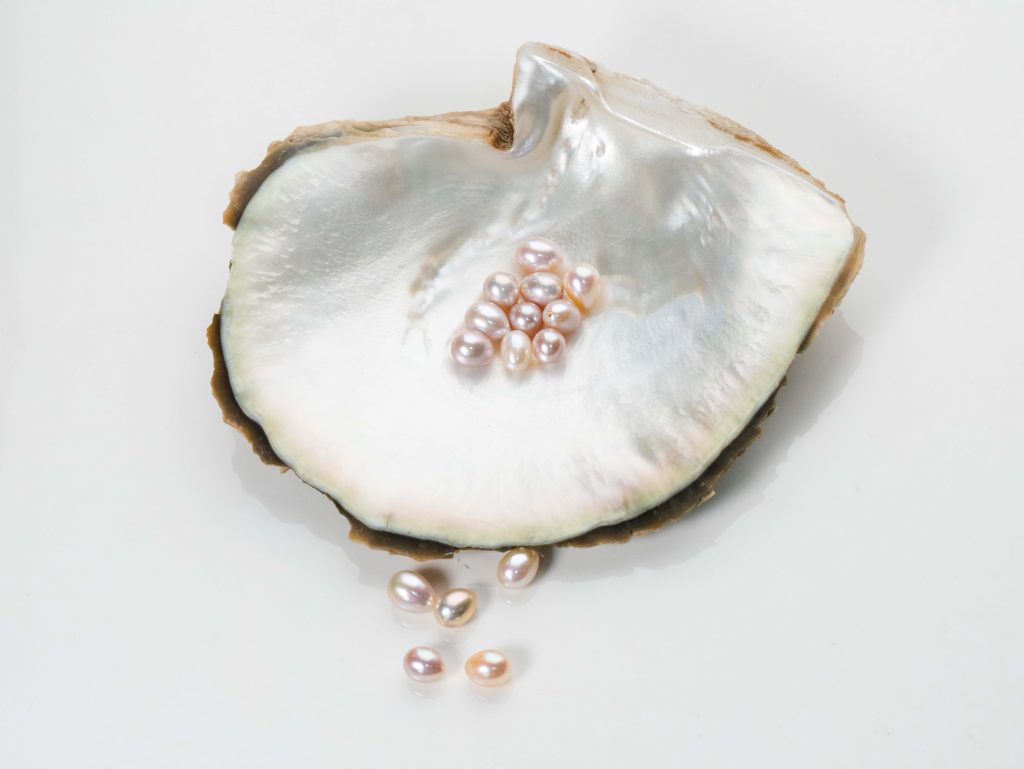Currently Empty: Đ0.00
24k Gold Rate: Price not available
- FREE DELIVERY WITHIN UAE
- SPLIT YOUR PURCHASE WITH TABBY
- BOOK FREE DEMO CALL
24k Gold Rate: Price not available

Types of Pearls
Pearl Colors:
Pearls can display a variety of colors, including white, cream, pink, silver, black, golden, and pastel hues. The color is influenced by the mollusk species and the environment in which the pearl forms.
Luster is one of the most crucial factors in determining the quality of a pearl. It refers to the way light reflects off the surface of the pearl’s nacre, creating a soft, radiant glow. High-quality pearls exhibit a strong and mirror-like luster.
When evaluating pearls, experts consider factors like size, shape, color, luster, surface quality, and matching (for multiple pearls in jewelry). The Gemological Institute of America (GIA) and other organizations provide grading standards for pearls.
Pearls have been used in jewelry for thousands of years and are popularly incorporated into necklaces, earrings, bracelets, and rings. Pearl strands, in particular, are classic and elegant pieces of jewelry.
Pearls are relatively soft compared to other gemstones, so they require special care. Avoid exposing them to harsh chemicals, perfumes, and high heat. Gently clean them with a soft cloth after wearing to remove any natural oils or residues.



Pearls come in various shapes, including round, semi-round, drop, button, baroque, and circled. Round pearls are the most desirable and valuable, but other shapes can be equally stunning and unique.
When evaluating pearls, experts consider factors like size, shape, color, luster, surface quality, and matching (for multiple pearls in jewelry). The Gemological Institute of America (GIA) and other organizations provide grading standards for pearls.
Pearls have been used in jewelry for thousands of years and are popularly incorporated into necklaces, earrings, bracelets, and rings. Pearl strands, in particular, are classic and elegant pieces of jewelry.
Pearls are relatively soft compared to other gemstones, so they require special care. Avoid exposing them to harsh chemicals, perfumes, and high heat. Gently clean them with a soft cloth after wearing to remove any natural oils or residues.

